Last week, OpenSnow, a popular snow forecasting website based in Colorado, announced that it would be implementing a system that will make long range snowfall forecasts for specific ski areas in North America. OpenSnow has always provided short term (five to seven day) forecasts for various regions and states, but the unveiling of a specific ski area forecast could be a game changer. However, nothing new—in terms of technology—is without flaws, and the same can be said about the new OpenSnow platform.
“We realized the difficulty of making an accurate long range forecast, but we wanted to start somewhere, with the idea being that over time this will improve and we can actually crack this nut of longer range forecasting,” explains Joel Gratz, founding meteorologist of OpenSnow. “It will be super helpful to skiers and the industry in general. Much like new technology doesn’t develop perfectly overnight, we’re not kidding ourselves into thinking that we’re going to be perfect right out of the gate.”
In turn, OpenSnow will be providing accuracy statistics for its forecasts throughout the season. Being transparent when revealing the success of long-term forecasts will go a long way towards building the trust of skiers seeking to see where the snow is going to fly.
“We’ll provide overview maps this year so people can see where it’s been snowing the most but then also be able to track the accuracy of the forecast,” says Gratz.
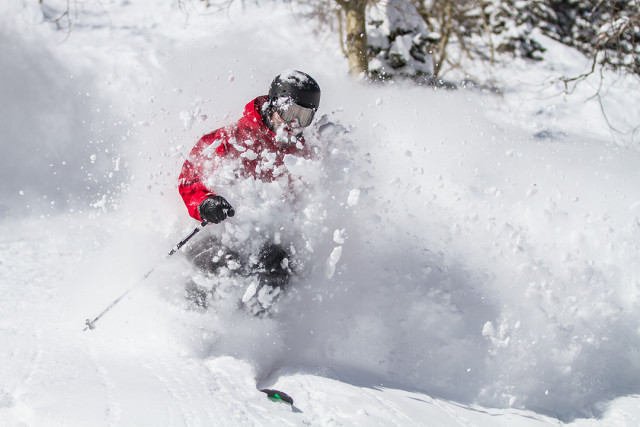
Having an idea as to how much snow will fall at a local ski area, or even one on a traveling skier’s short list of winter destinations, could change the way skiers map out their ski seasons. For example, in the past, for a ski area like Snowbird, OpenSnow has provided forecasts through daily write ups (“The Utah Daily Snow”) about the short-term outlook for zones in the state, like Little Cottonwood Canyon, as well as ski area-specific snow accumulation projections for about a five to seven day period. This season, in addition, OpenSnow will issue a projection in the form of a range of the 36-year average for a ski area. Predicted snowfall totals for the season are compared to the actual snowfall for the past five seasons via a graph, specifically for Snowbird. As of now, The Bird is projected to receive between 75- and 110-percent of average this season.
“Putting together a long range forecast for a specific location is daunting, which is why we’re giving a range of outcomes, rather than a specific [number],” says Gratz. “We realize that some people might kind of laugh at that, but for certain locations that range is solidly above average or below average. That’s the value of the range. It’s a long range forecast so you can’t be that specific, but I want to give people a snapshot of what our confidence looks like.”

That confidence could be the deciding factor during the planning of a ski vacation. If someone sees that Snowbird’s projected snowfall is between 75- and 110 percent of average, but that Taos Ski Valley is projected to be between 110- and 130-percent of average, they very well could book the trip to New Mexico based on that confidence.
Aside from predicting the snowfall, it’s interesting to note the methods behind the new platform. The key to developing the system was gathering old snowfall data from ski areas and cross-referencing them with current ocean temperatures. “All of this is based on historical correlations between ocean water temperatures and snowfall patterns. We use ocean temperatures because, for the most part, they drive the large-scale weather patterns across the globe,” says Gratz. “The main difference with us [from other forecasters] is not just correlating it with precipitation or temperatures, but looking specifically at the snowfall at these ski areas. The challenge comes with actually finding a long-term record in mountain locations.”
For that, Gratz and co. gathered data from SNOTEL stations—fixed weather observatories across the west—as well as long-term weather stations in towns and hillsides close to ski areas. OpenSnow chose not to gather historical snowfall data from the actual ski areas because “it’s often not consistent over many decades. Snow stakes change, locations change, people change how they count snowfall. Some will count from the first flake of the season, others will start at opening day,” Gratz explains.
With ski season kicking off in Colorado yesterday, the demand for ski area specific forecasting will grow in the coming weeks. These predictions from OpenSnow are sure to generate significant discussion, and it will be exciting to see the accuracy this season.
For more, head to OpenSnow.com.

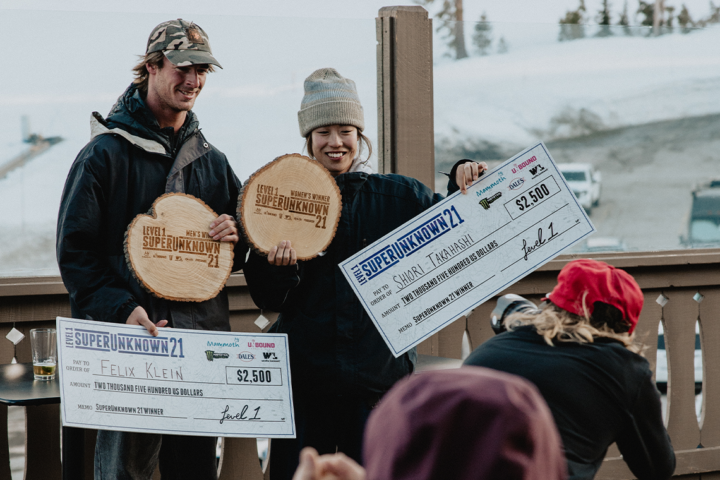
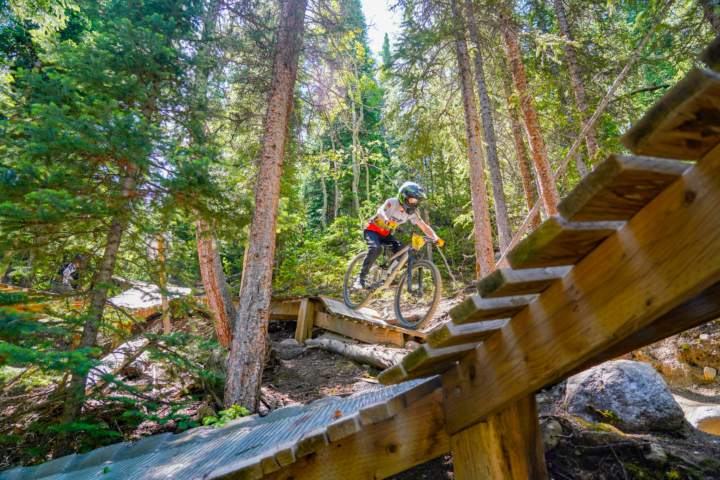
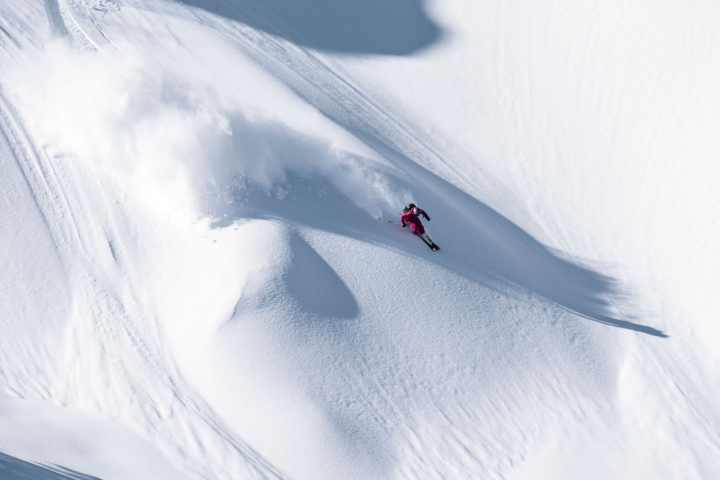
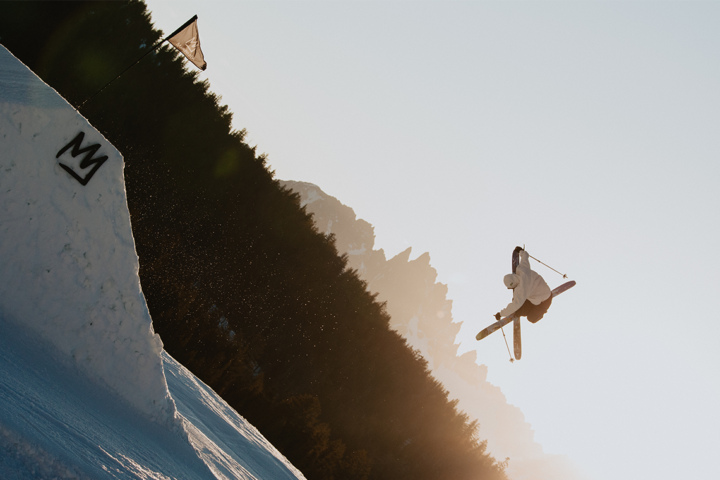
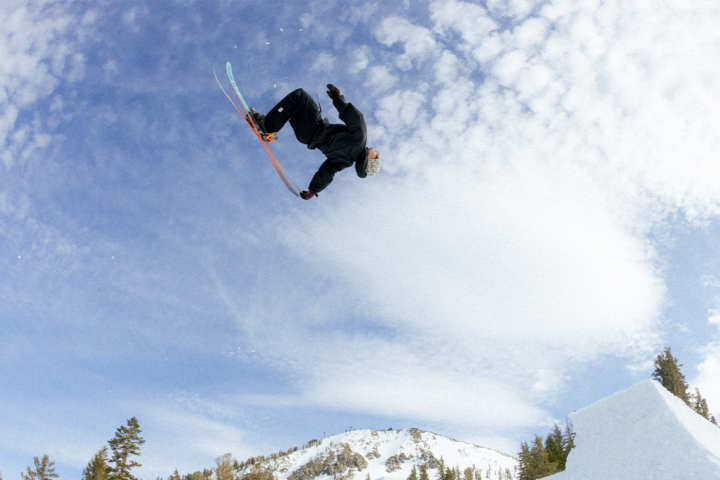
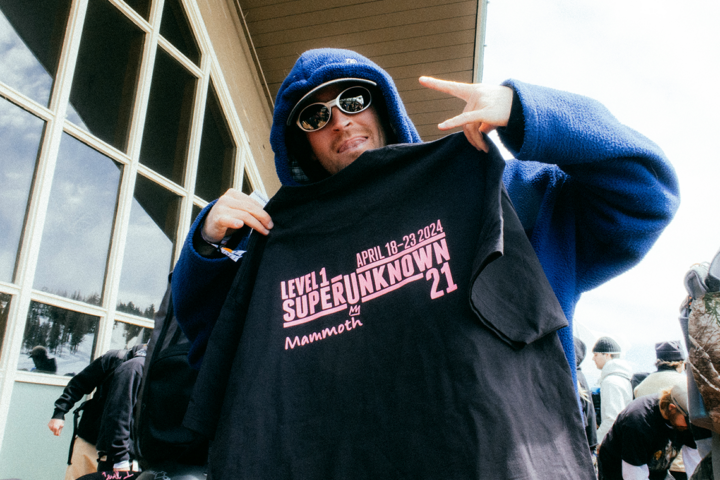


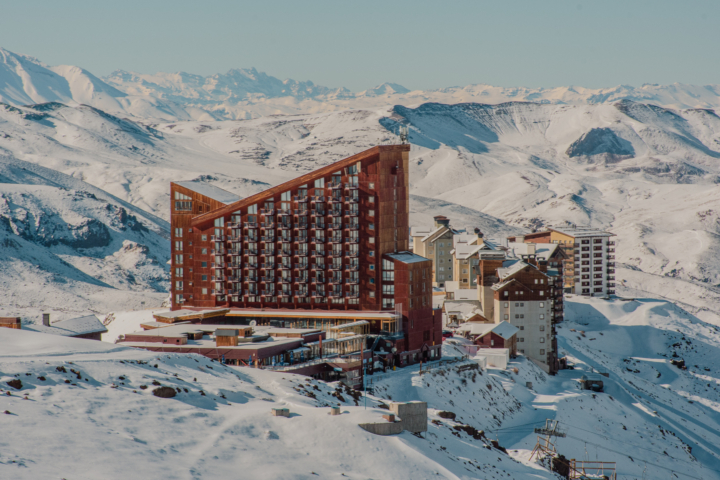
One thought on “How much snow will fall at your favorite ski area this winter? OpenSnow could have the answer”
Comments are closed.